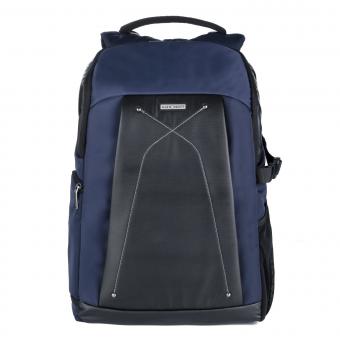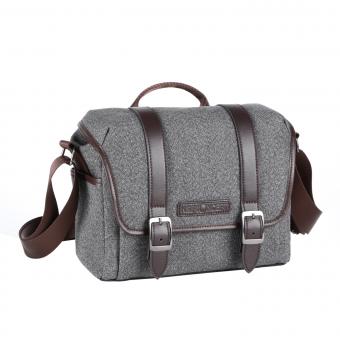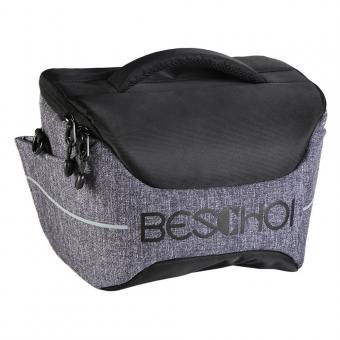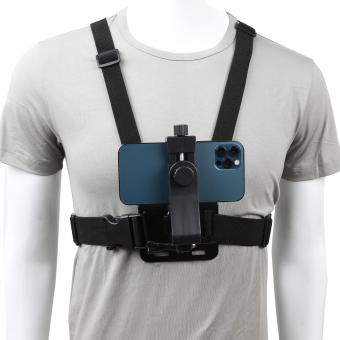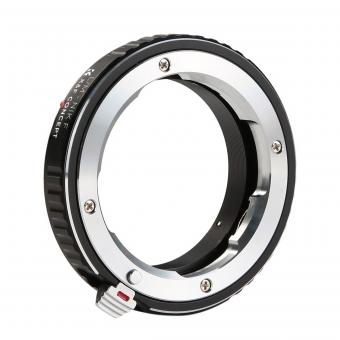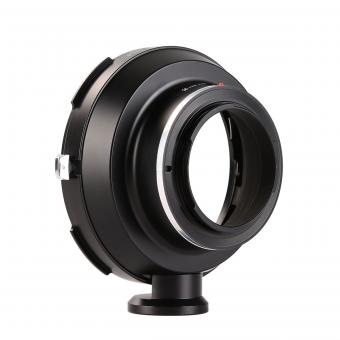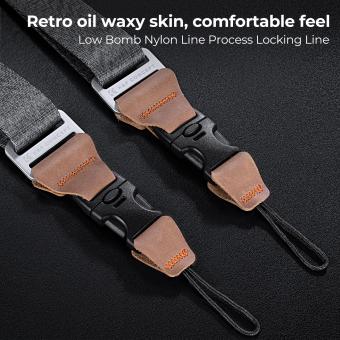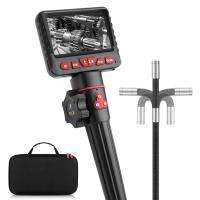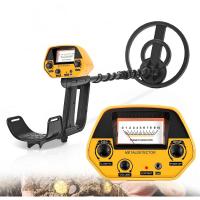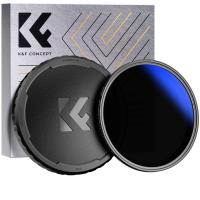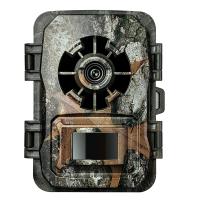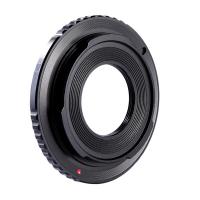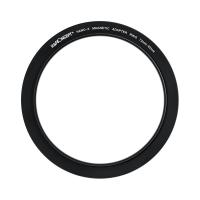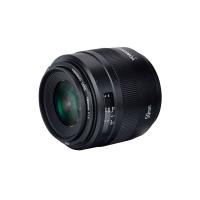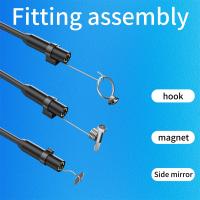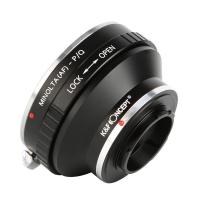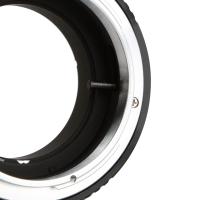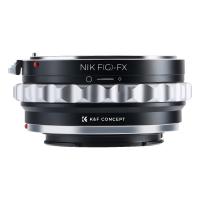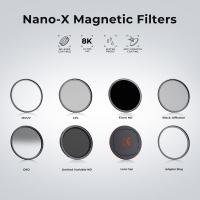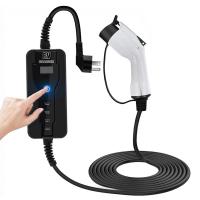How To Vlog With Dslr Camera ?
To vlog with a DSLR camera, you will need to follow a few steps. First, ensure that your camera has a flip-out screen or an external monitor so that you can see yourself while filming. Next, invest in a good quality microphone to ensure that your audio is clear and crisp. You may also want to consider purchasing a tripod or stabilizer to keep your shots steady.
When filming, make sure to keep your camera at eye level and maintain good lighting. Natural light is always best, but if you are filming indoors, consider using softbox lights or other lighting equipment to ensure that your shots are well-lit.
Finally, when editing your vlog, be sure to cut out any unnecessary footage and add in any necessary transitions or effects. You may also want to add in music or sound effects to enhance your video.
Overall, vlogging with a DSLR camera can be a great way to create high-quality content that stands out from the crowd. With a little bit of practice and some basic equipment, you can create engaging and entertaining vlogs that your audience will love.
1、 Camera settings for vlogging
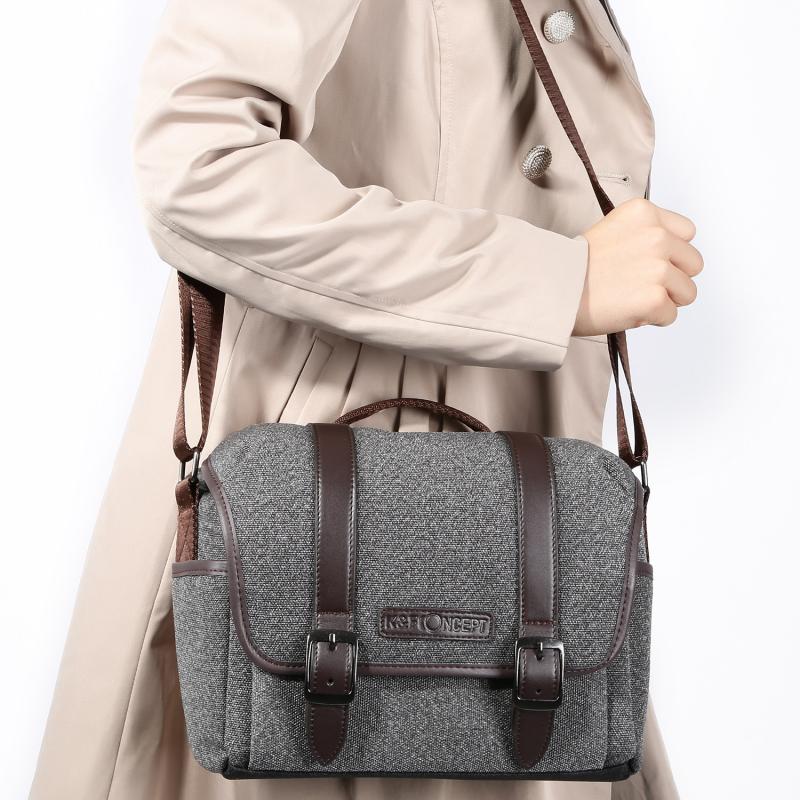
How to vlog with DSLR camera:
Vlogging with a DSLR camera can be a great way to produce high-quality content for your audience. Here are some tips to get started:
1. Choose the right lens: A wide-angle lens is ideal for vlogging as it allows you to capture more of your surroundings and create a more immersive experience for your viewers.
2. Use a tripod: A tripod will help you keep your camera steady and avoid shaky footage. It will also allow you to position your camera at the right angle for your shots.
3. Use manual focus: Manual focus will give you more control over your shots and allow you to focus on specific objects or people in your frame.
4. Use an external microphone: The built-in microphone on your DSLR camera may not be sufficient for vlogging. An external microphone will help you capture better audio quality and reduce background noise.
5. Shoot in manual mode: Shooting in manual mode will give you more control over your camera settings and allow you to adjust your exposure, shutter speed, and ISO to get the best possible shots.
Camera settings for vlogging:
When it comes to camera settings for vlogging, there are a few things to keep in mind:
1. Frame rate: Shooting at 24 or 30 frames per second is standard for vlogging. However, if you want to create slow-motion shots, you can shoot at a higher frame rate.
2. Shutter speed: A shutter speed of 1/50 or 1/60 is ideal for vlogging as it will give you a natural-looking motion blur.
3. ISO: Keep your ISO as low as possible to avoid noise in your footage. However, if you're shooting in low light, you may need to increase your ISO to get a brighter image.
4. White balance: Set your white balance to match the lighting conditions in your environment. This will help you avoid color casts in your footage.
5. Picture profile: Using a flat picture profile will give you more flexibility in post-production and allow you to color grade your footage to your liking.
In conclusion, vlogging with a DSLR camera can be a great way to produce high-quality content for your audience. By following these tips and adjusting your camera settings accordingly, you can create engaging and professional-looking vlogs.
2、 Essential accessories for vlogging with a DSLR
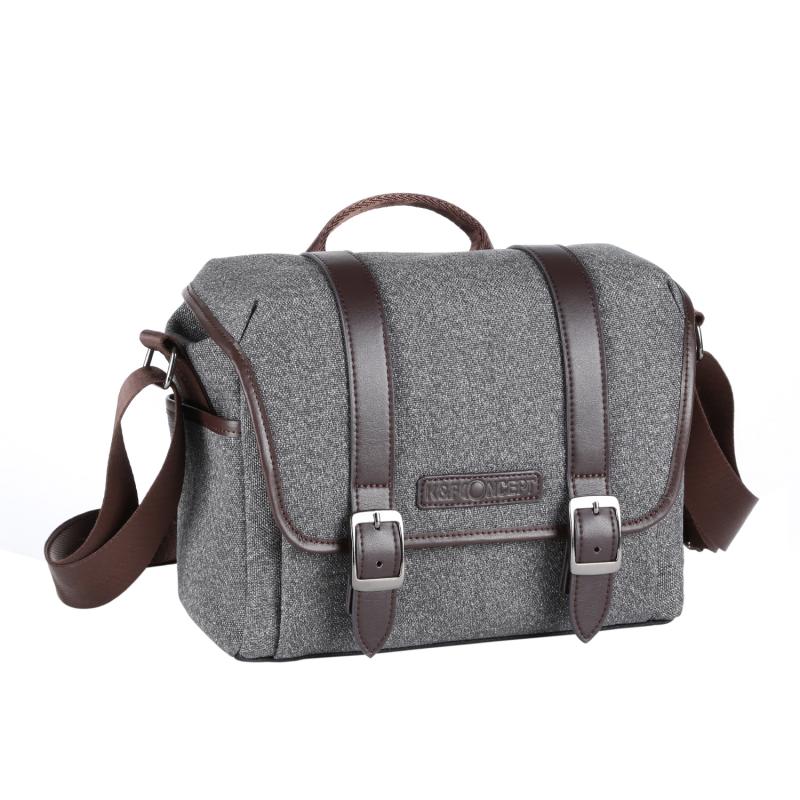
How to vlog with DSLR camera:
Vlogging with a DSLR camera can be a great way to produce high-quality content for your audience. Here are some tips to get started:
1. Choose the right camera: Look for a DSLR camera that has good video capabilities, such as the Canon EOS 80D or the Sony A7 III.
2. Use a tripod: A tripod will help keep your shots steady and prevent shaky footage.
3. Invest in a good microphone: Audio quality is just as important as video quality, so invest in a good microphone to capture clear sound.
4. Use manual focus: DSLR cameras have the ability to manually focus, which can help you achieve a more professional look.
5. Plan your shots: Before you start filming, plan out your shots and create a shot list to ensure you capture everything you need.
6. Edit your footage: Once you have your footage, edit it using software such as Adobe Premiere Pro or Final Cut Pro to create a polished final product.
Essential accessories for vlogging with a DSLR:
1. External microphone: A good external microphone will help capture clear audio and improve the overall quality of your vlogs.
2. Tripod: A tripod will help keep your shots steady and prevent shaky footage.
3. Wide-angle lens: A wide-angle lens will allow you to capture more of your surroundings and create a more immersive experience for your viewers.
4. LED light: An LED light can help improve the lighting in your shots, especially in low-light situations.
5. External monitor: An external monitor can help you see your shots more clearly and ensure you are capturing everything you need.
6. Camera bag: A camera bag will help protect your equipment and make it easier to transport.
In today's world, vlogging has become a popular way to share your experiences and connect with your audience. With the right equipment and techniques, vlogging with a DSLR camera can help you create high-quality content that stands out from the crowd.
3、 Audio recording tips for vlogging
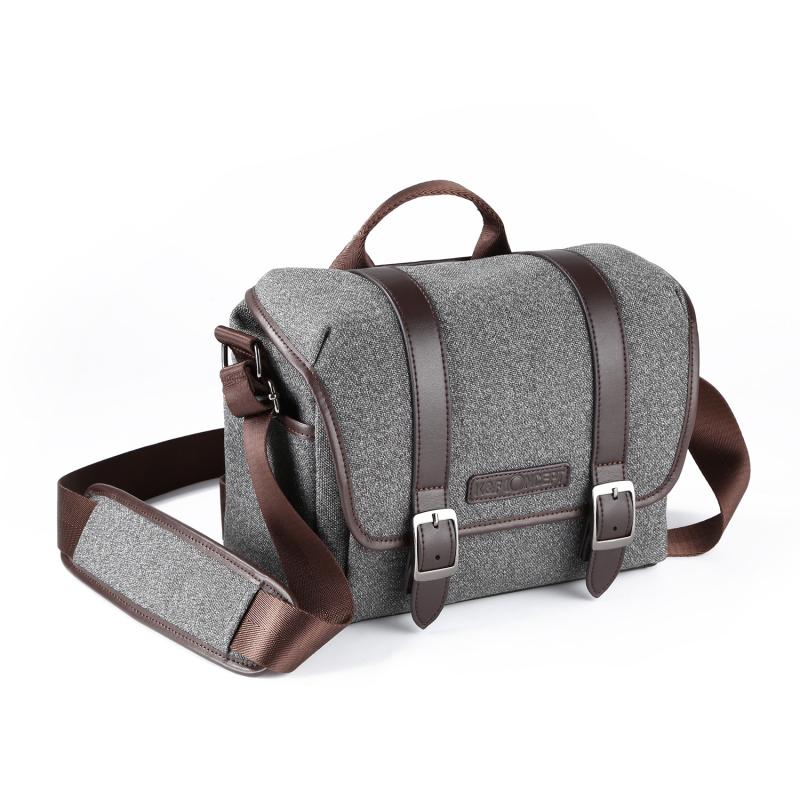
How to vlog with DSLR camera:
Vlogging has become a popular way to share experiences and connect with audiences. If you want to take your vlogging to the next level, using a DSLR camera can help you achieve high-quality footage. Here are some tips on how to vlog with a DSLR camera:
1. Choose the right lens: A wide-angle lens is ideal for vlogging as it captures more of the scene and allows you to get closer to the camera.
2. Use a tripod: A tripod will help you stabilize your camera and prevent shaky footage. It also allows you to set up your shot and focus on your content.
3. Adjust your settings: Set your camera to manual mode and adjust your aperture, shutter speed, and ISO to get the best exposure for your environment.
4. Monitor your audio: Use an external microphone to capture high-quality audio. You can also use headphones to monitor your audio levels and ensure that your sound is clear.
5. Edit your footage: Use editing software to cut and trim your footage, add music, and color correct your video.
Audio recording tips for vlogging:
Audio is just as important as video when it comes to vlogging. Here are some tips to help you capture high-quality audio for your vlogs:
1. Use an external microphone: An external microphone will capture better audio than your camera's built-in microphone. A lapel mic or shotgun mic are good options for vlogging.
2. Monitor your audio levels: Use headphones to monitor your audio levels and ensure that your sound is clear and consistent.
3. Reduce background noise: Try to record in a quiet environment to reduce background noise. You can also use a noise reduction plugin in your editing software.
4. Use a windscreen: If you're recording outside, use a windscreen to reduce wind noise and improve the clarity of your audio.
5. Edit your audio: Use editing software to remove any unwanted noise, adjust your levels, and add music or sound effects.
In conclusion, using a DSLR camera and capturing high-quality audio can take your vlogging to the next level. With the right equipment and techniques, you can create engaging and professional-looking content that will keep your audience coming back for more.
4、 Lighting techniques for vlogging
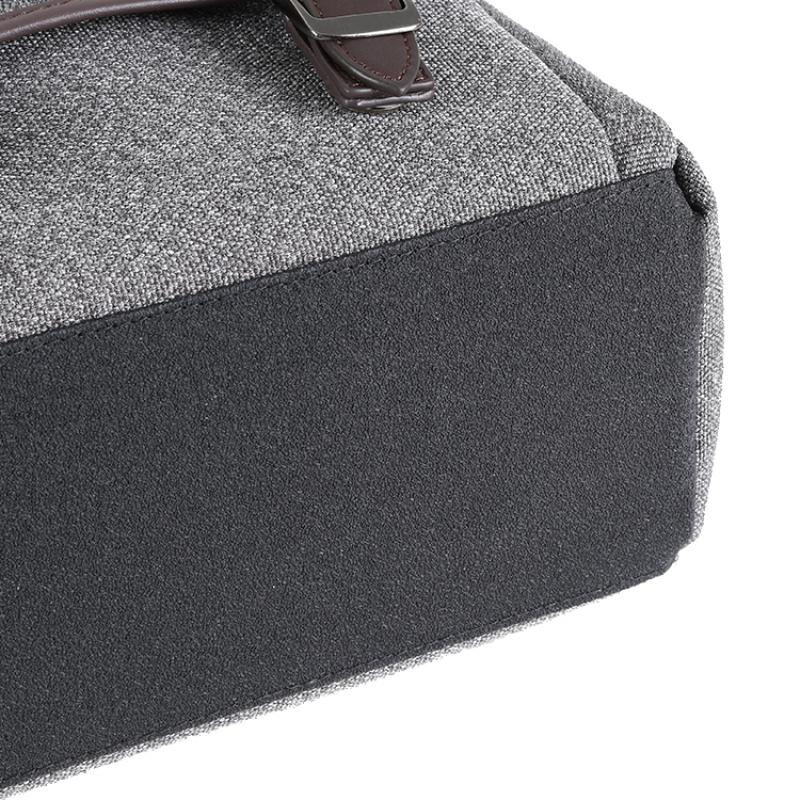
How to vlog with DSLR camera:
Vlogging has become a popular way to share your experiences and thoughts with the world. If you want to take your vlogging to the next level, using a DSLR camera can help you achieve high-quality videos. Here are some tips on how to vlog with a DSLR camera:
1. Choose the right lens: A wide-angle lens is ideal for vlogging as it captures more of the surroundings and gives a cinematic look to your videos.
2. Use a tripod: A tripod will help you stabilize your camera and prevent shaky footage. It also allows you to frame your shots better.
3. Adjust your settings: Set your camera to manual mode and adjust the aperture, shutter speed, and ISO to get the desired exposure.
4. Use an external microphone: The built-in microphone on your DSLR camera may not be sufficient for vlogging. An external microphone will help you capture clear audio.
5. Practice framing and composition: Experiment with different angles and compositions to make your videos more interesting.
Lighting techniques for vlogging:
Lighting is an essential aspect of vlogging. Proper lighting can make your videos look more professional and engaging. Here are some lighting techniques for vlogging:
1. Use natural light: Natural light is the best source of light for vlogging. Position yourself facing a window or shoot outdoors during the golden hour for the best results.
2. Use artificial lights: If you're shooting indoors, use artificial lights to create a well-lit environment. Softbox lights or ring lights are popular choices for vloggers.
3. Avoid harsh shadows: Harsh shadows can be distracting and unflattering. Use diffusers or bounce cards to soften the light and reduce shadows.
4. Use backlighting: Backlighting can create a halo effect around your subject and make them stand out from the background.
5. Experiment with color temperature: Adjusting the color temperature of your lights can create different moods and atmospheres in your videos.
In conclusion, using a DSLR camera and proper lighting techniques can take your vlogging to the next level. Experiment with different techniques and find what works best for you and your content.

